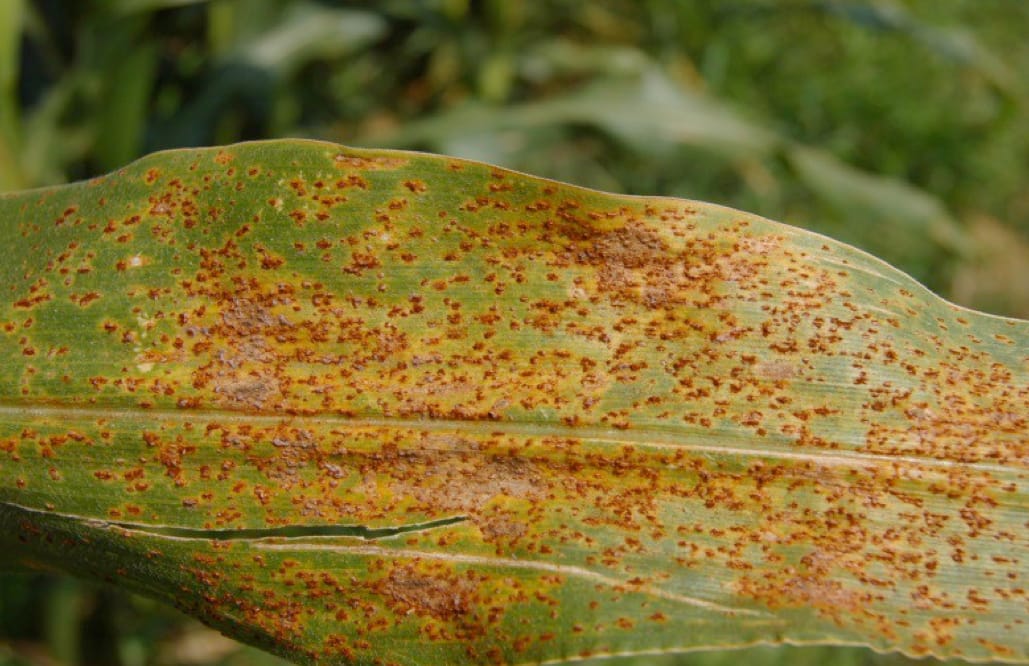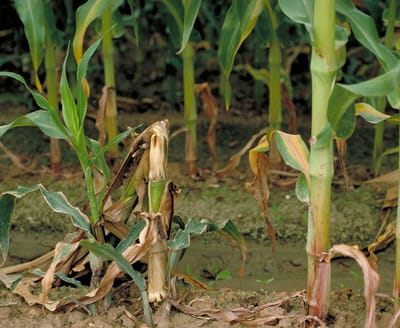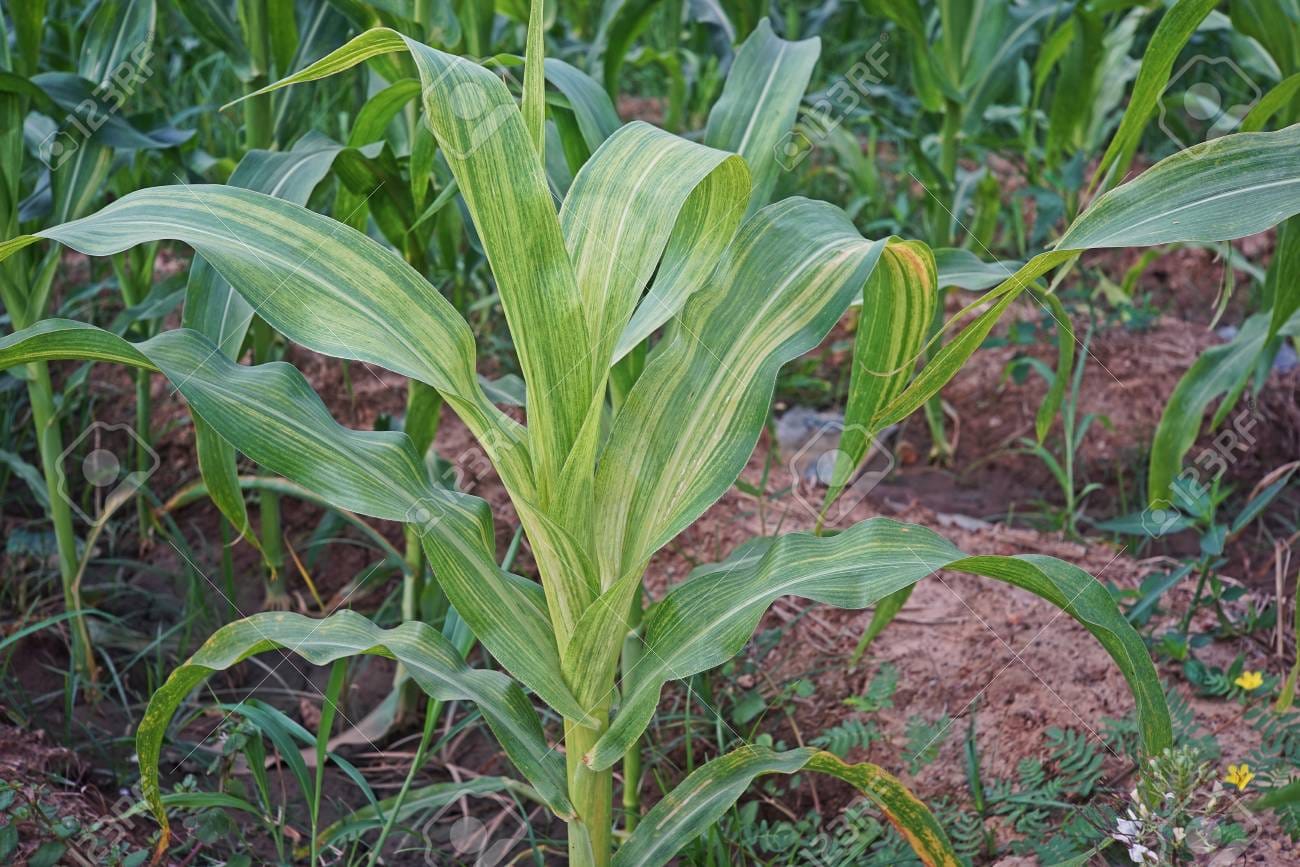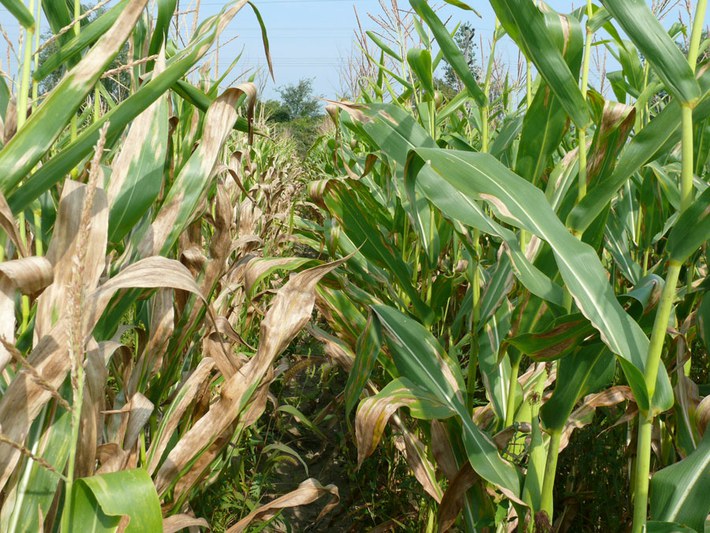

Menu
⮞ About
About...
Maize, commonly known as corn, is a cereal grain that has been a staple food for various civilizations throughout history. maize quickly spread and became a crucial part of diets worldwide. It is now one of the most widely cultivated crops, with diverse varieties adapted to different climates and soil conditions. Maize is valued not only for its consumption as a primary food source in the form of cornmeal, cornflour, and various culinary products but also for its use in animal feed and industrial applications. The plant itself is a member of the grass family, Poaceae, and its tall stalks bear large ears containing rows of kernels, which can vary in color from yellow and white to purple and red. In addition to its economic significance, maize plays a crucial role in global agriculture, contributing to food security and serving as a raw material for various industrial products such as ethanol and corn syrup.
diseases & its fertilizer

Maize Rust symptoms:
Maize rust is a fungal disease caused by Puccinia polysora that affects maize plants. It manifests as reddish-brown powdery lesions on the leaves, reducing photosynthesis and yield. The spores spread through wind and rain, leading to widespread infections. Infected plants often exhibit weakened stalks and diminished grain quality. Warm and humid conditions favor the development of maize rust. Crop rotation and planting resistant varieties are common preventive measures. Organic solutions include neem oil or a mixture of baking soda and water as sprays to control rust. Early detection and removal of infected plants can help mitigate its impact. Maize rust poses a significant threat to global maize production, emphasizing the importance of disease management strategies.
Maize Rust solution:
⮞ Use neem oil or a mixture of baking soda and water as a spray to control rust. Plant resistant varieties when possible.

Maize Stalk Rot Symptoms:
Maize stalk rot is a fungal disease caused by various pathogens, including Fusarium, Colletotrichum, and Macrophomina. It primarily affects the lower part of maize plants, leading to decay and weakening of the stalk. Infected stalks often display discoloration, dark lesions, and a soft, spongy texture. Stalk rot can result in lodging, causing plants to collapse and reducing yield. The disease is favored by warm and moist conditions, especially during the later stages of the growing season. Prevention involves improving soil drainage, practicing crop rotation, and using organic mulch to maintain proper moisture levels. Maintaining overall plant health and employing resistant maize varieties are essential in managing and mitigating the impact of maize stalk rot.
Maize Stalk Rot Solution:
⮞ Improve soil drainage, practice crop rotation, and use organic mulch to prevent excessive moisture. Apply compost to enhance soil health.

Maize Downy Mildew Symptom:
Maize downy mildew is a fungal disease caused by the pathogen Peronosclerospora sorghi. It affects maize plants, leading to characteristic yellow-green streaks on the leaves. This disease thrives in warm and humid conditions, spreading through spores produced on the lower leaf surface. Downy mildew can hinder photosynthesis, stunt plant growth, and reduce yield. Crop rotation, planting resistant varieties, and providing proper spacing for air circulation are preventive measures. Organic solutions involve using a diluted hydrogen peroxide spray. Early detection and removal of infected plants help control the spread of the disease. Maize downy mildew poses a threat to maize cultivation, emphasizing the importance of implementing effective management strategies for its control.
Maize Downy Mildew Solution:
⮞ Apply a solution of diluted hydrogen peroxide to affected plants. Planting resistant varieties and providing proper spacing for air circulation can also help.

Maize Smut symptom:
Maize smut is a fungal disease caused by the pathogen Ustilago maydis. This disease affects maize plants, forming large, tumor-like growths, known as galls or smut balls, on various plant parts, including ears, tassels, and stalks. The galls are initially covered by a white to grayish powder, later turning into a mass of dark spores. Maize smut can lead to reduced yield and lower grain quality. The fungus overwinters in the soil and infects plants during their growing season. Management involves removing and destroying infected plant parts, practicing crop rotation, and using organic fungicides such as copper-based products or sulfur. Resistant maize varieties can also help mitigate the impact of maize smut on crops.
Maize Smut Solution:
⮞ Remove and destroy infected plants. Use organic fungicides like copper-based products or sulfur to manage smut. Practice crop rotation to reduce the risk.

Maize Leaf Blight symptom:
Maize leaf blight is a fungal disease caused by pathogens like Exserohilum turcicum. It manifests as irregular, elongated lesions with tan to gray centers and dark borders on maize leaves. The disease can rapidly spread, leading to widespread damage to foliage. Warm and humid conditions favor its development. Planting resistant maize varieties, maintaining proper plant spacing, and avoiding overhead irrigation are preventive measures. Organic solutions include foliar sprays using a mixture of garlic and water. Early detection and removal of infected leaves can help manage the spread. Maize leaf blight poses a significant threat to maize crops, emphasizing the importance of proactive disease management strategies.
Maize Leaf Blight Solution:
⮞ Apply a mixture of garlic and water as a foliar spray. Plant resistant varieties, practice proper spacing, and avoid overhead irrigation to reduce humidity levels that favor blight.
Remember, prevention through good agricultural practices and maintaining soil health is crucial for managing diseases organically.